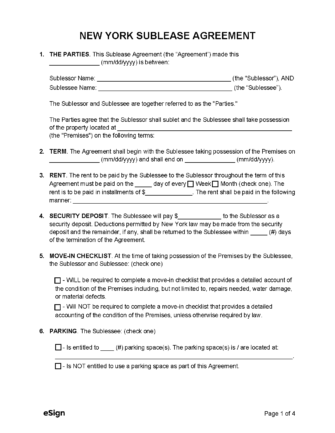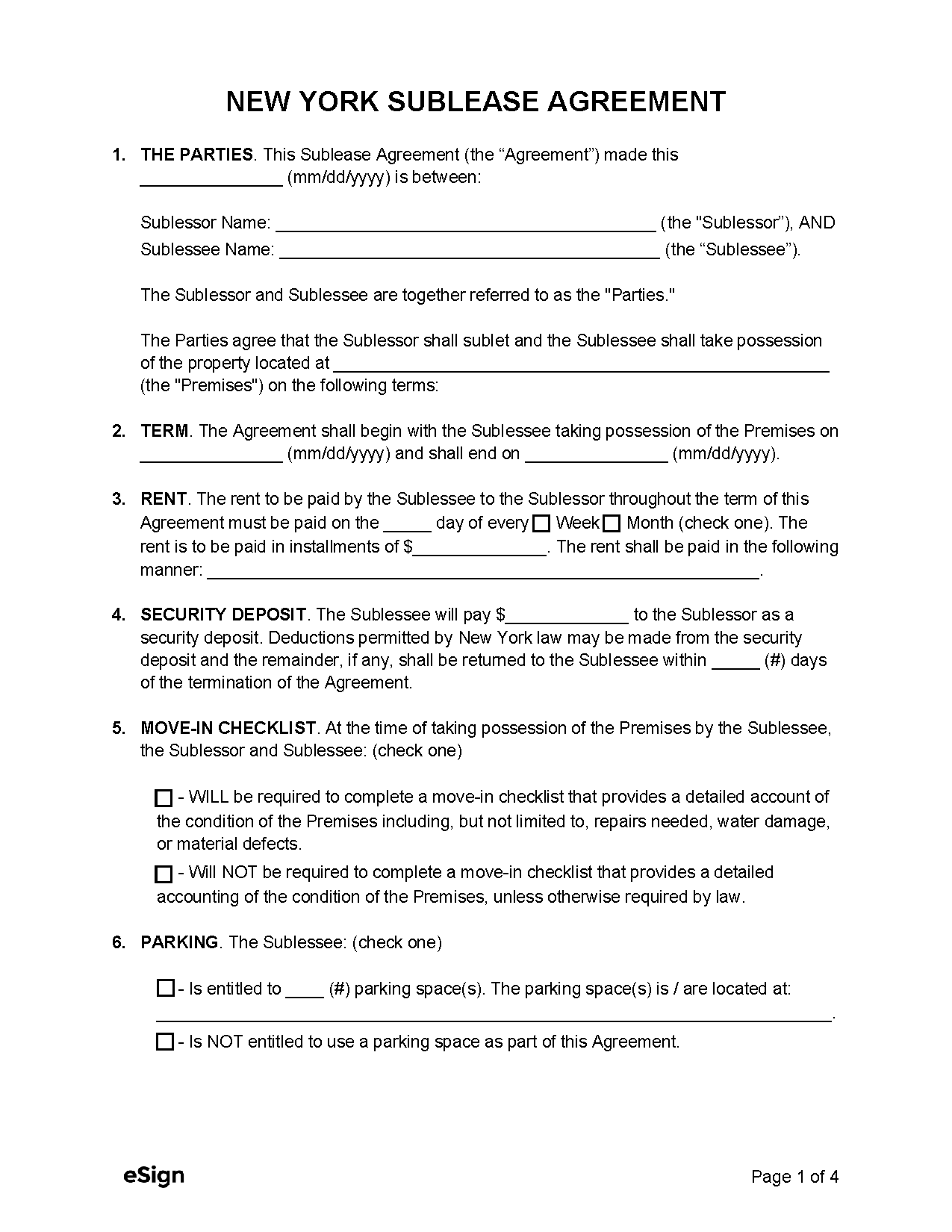Laws
Right to Sublease – Tenants in buildings with four or more units have the right to sublease their unit with the landlord’s consent, which shall not be unreasonably withheld.[1] A request to sublet must include[2]:
- The sublease term.
- The sublessee’s name and home and work address.
- The reason for subletting.
- The tenant’s address during the sublease.
- The written consent of the lease’s cotenant or guarantor (if applicable).
- A copy of the sublease acknowledged by the tenant and subtenant and a copy of the tenant’s lease (if available).
Landlords must respond to the request within 30 days; failing to do so may be deemed as consent.[3] Landlords must give valid reasons to deny the request. Tenants who were unreasonably denied consent can still sublet, but they’ll risk a lawsuit where they must prove that the landlord acted in bad faith.
No Right to Sublease – For tenants in buildings with three or fewer units, landlords are not obliged to authorize a sublet request. However, tenants may end their lease with 30 days’ notice if a request to sublet is unreasonably denied.

